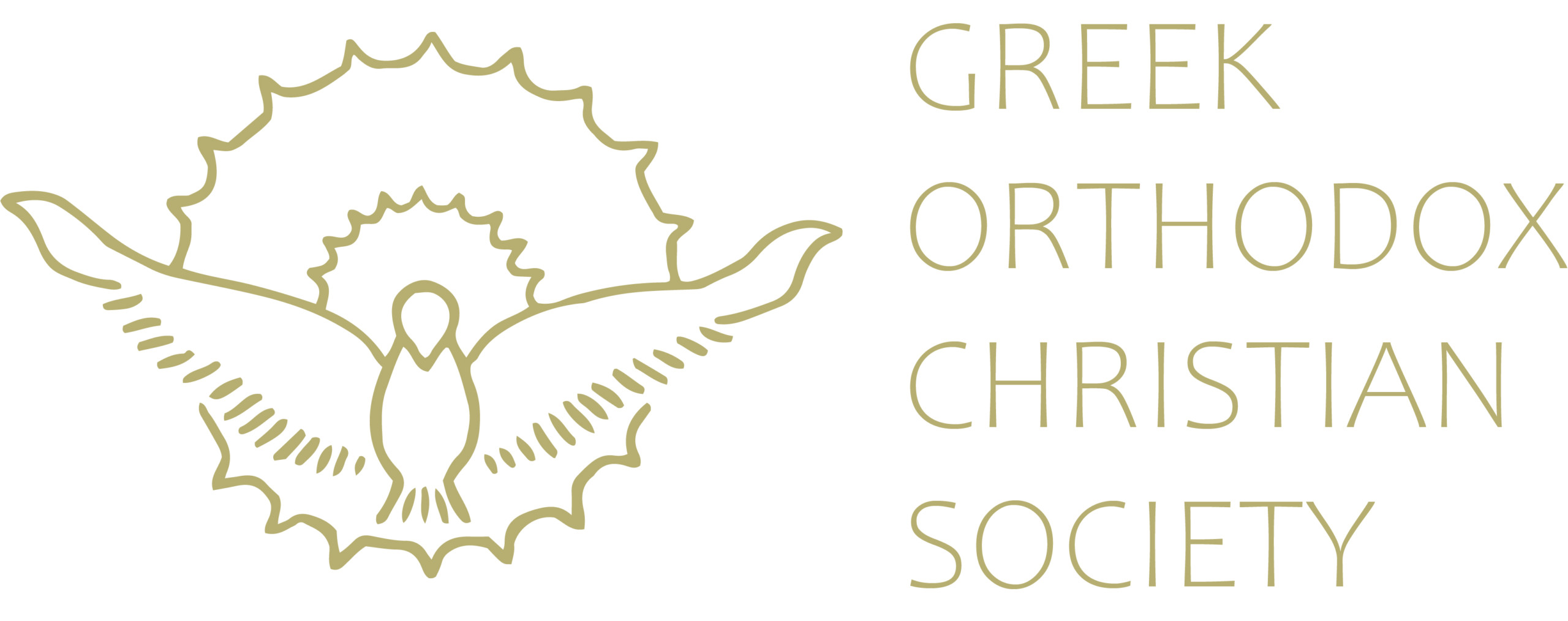What we Hear in Church
Ode 9 of the Katavasies of Christmas
The incarnate presence of the God amongst us is not just the greatest event of human history; it is also the greatest mystery for Christians to behold. It is beyond our human understanding to comprehend and interpret. This is the sentiment the hymnographer St Cosmas of Maiouma wishes to impart in this hymn. In doing so, he borrows the opening line from the most well-known of St John Chrysostom’s five Sermons on Christmas, “I see a new and wonderful mystery”. St Cosmas then attempts to poetically interpret this mystery. Firstly, in the way an unknown and humble cave in Bethlehem is transformed into heaven by the presence of God Incarnate. Secondly, that the Word of God who “sits upon the cherubim” (Psalm 98:1) chose to be conceived and born of the Virgin Mary, transforming Her into His Throne. Thirdly, being the manner in which the uncontainable Divine Word of God appears among us. According to St John of Damascus, “God, being immaterial and uncircumscribed, is not in a place. For He, who fills all things and is above all things and Himself encompasses all things, is His own place”. (Exact Exposition on the Orthodox Faith, Ch. 13). However, in His Incarnation, God chooses to make the humble manger the Place where He is laid. The 9th ode of the katavasies of the majority of the feast days of the Orthodox Church is usually dedicated to the Theotokos and Ever-Virgin Mary. However in concluding this 9th ode, St Cosmas proclaims that it is Christ, the God-Man whom we praise and magnify.
During the Christmas fast, Our Church constantly reminds us about these themes as this ode is sung at every weekday and Sunday Matins service from November 21st, up to and including Christmas Day itself.
Source: December-January 2014 Lychnos Edition

